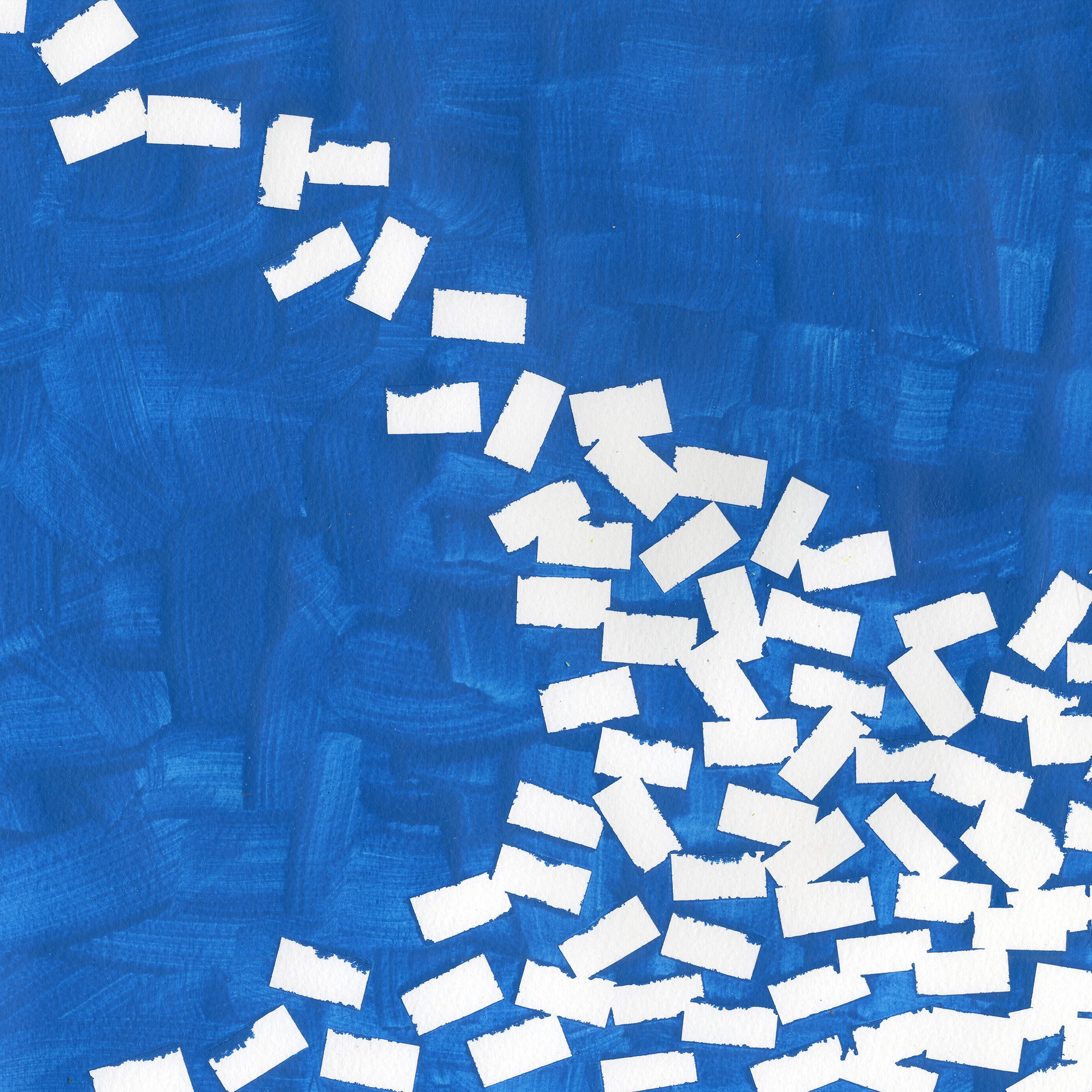Overflow
Image © Sarah McMahon, 2015
09.04.2015
Putting this particular pair of pieces out into the world has become, to me, much less about the compositions I made and much more about documenting the process of coming together, in community, to create the sonic and visual artifacts themselves. Moments like the ones strung together to make this work feel absolutely magical, synergy between performer and composer and videographer and visual artist now as meaningful to me as the sounds or gestures encoded on staff paper in the first place.
I wonder if it’s always like this with bands or ensembles or members of any thriving, vibrant musical community. Does it feel like we document “the work” as a closed off entity, or like the work’s boundaries are porous and the efforts we make to realize it, the relationships forged as a result, are actually sucked up into what it is you are representing in the first place, a lizard eating its tail, a recursive function? And how can that be communicated alongside the tunes and the moving images? I don’t mean that we read enthusiasm or energy or “it sounds like they’re having fun!” in the artifact, that it’s inflected or flavored with the backstory. I mean that the “backstory,” the human hands that shaped the thing, take the foreground.
That’s what it feels like to me right now, that the evening that Evan and Andrea and I worked together in the Greenwich House Music school in that incredible setting sun was the reason I wrote the piece in the first place, to get to have that experience together. Or that making Monobot for this release has somehow become more about saying goodbye to a dear friend before moving halfway across the country than about whatever rhythmic cleverness I imagined I’d placed front and center.
I have/had an idea that music isn’t about secret meanings or punchlines, that it does a kind of formal work over time, pushes and pulls, recontextualizes our relationship to it, sets up rules and follows and breaks them. But another idea feels intoxicating as a possibility: the work is a tiny byproduct of the efforts of real people with real stories on real days. Or, rather, that the old idea of the work is tiny, that the more accurate idea of the work acknowledges its ability to absorb an absolutely massive amount of human effort, and to reflect back to us the community that forms in its service. And that it serves.
